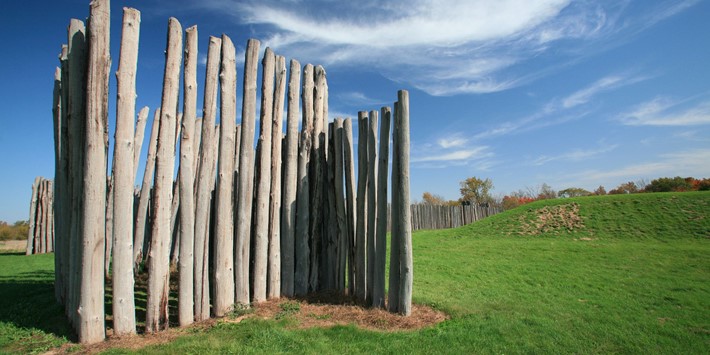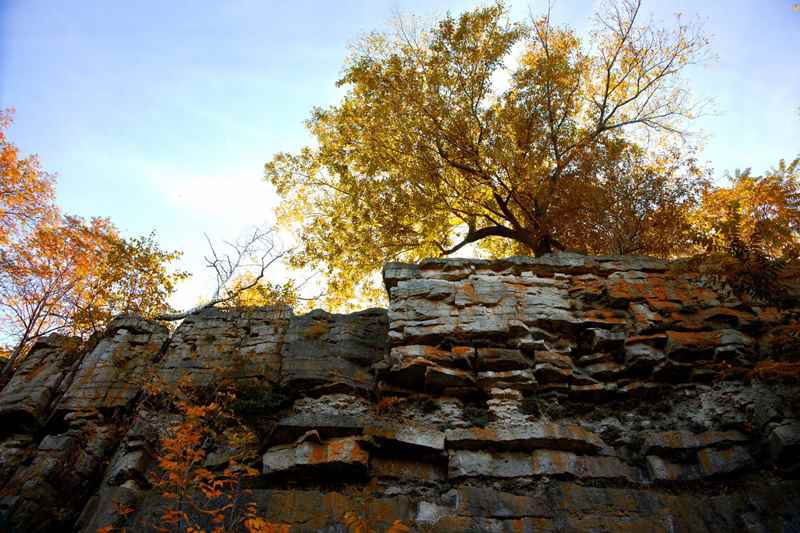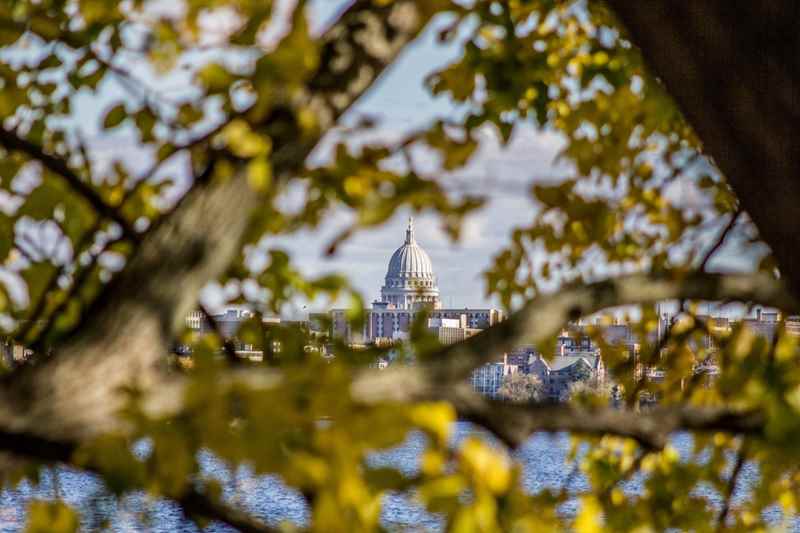
Ancient Earthworks: Where to Explore Wisconsin’s Native American Mounds
Wisconsin’s earliest Native American residents expressed reverence for the dead with carefully constructed mounds that can still be seen today throughout the state. Burial typically would consist of the deceased being laid in a small pit or placed on a platform, then the mound being built over them.
Not always used for burial, these massive earthworks can be conical (dome-like) or linear (cigar-shaped), though Wisconsin is best known for its effigy mounds – patterned with amazing symmetry in the likeness of birds, bears, deer, buffalo, turtles, panthers and other animals. The state was in the heart of the Midwest’s mound-building culture and today has the most effigy mounds of anywhere on Earth.
Sadly, only about 4,000 of the estimated 20,000 earthworks of all shapes estimated to have been created by Wisconsin’s indigenous people remain today, but many are protected on public lands. Here are parks and other sites throughout Wisconsin with preserved mounds where you can honor those who came before and their continuing legacy. For mounds located on private land, call or check ahead to ensure permission for access.
State Parks with Stunning Earthworks
More than a dozen of Wisconsin’s state parks protect Native American mounds, with many more preserved on county and city-owned lands. Perhaps none is more bucket list-worthy than Aztalan State Park, a thousand-year-old village in southern Wisconsin designated as a National Landmark and arguably the state's most important archeological site.
While the Woodland culture of Native Americans built most of the state’s mounds, Aztalan is rare in that its huge pyramid-style mounds and a massive fortress were erected by Middle-Mississippian people who migrated from a large ancient city across the Mississippi River from modern-day St. Louis.
The 35-acre town originally contained three gigantic platform mounds and several buildings within the stockade walls, including a temple, mortuary, plaza and dwellings. Archeologists have excavated the site and found a Mississippian deity figure and jewelry made of shells, copper and stone, along with striking clay pottery, unusual arrowheads, large stone tools carried along from southern Illinois and even stone disk pieces from a spear-throwing game.
The reasons for the Mississippians’ move north to Wisconsin and causes for the entire culture’s eventual disappearance from the Midwest are still unknown today. Aztalan, named by early European settlers who thought the site was related to the Aztecs of Mexico, was mysteriously abandoned by the Mississippians around 1200 A.D.
One of the state’s best-preserved clusters of Woodland culture-created mounds is in Cranberry Creek State Natural Area, located in Juneau County in the central part of Wisconsin. Part of a larger complex of preserved mounds in surrounding areas, a large portion of Cranberry Creek’s earthworks have remained unaltered by agriculture or development.
The mounds, estimated to have been built between 100 and 800 A.D., include bears, panthers and a bird with a 125-foot wingspan, along with conical, linear and even oval-shaped earthworks.

High Cliff State Park’s towering limestone ridges over Lake Winnebago, part of the Niagara Escarpment, were sacred to Wisconsin’s earliest residents. Mound-builders often favored lofty points and shorelines for their creations, and this site overlooking Wisconsin’s largest inland lake in east central Wisconsin is no exception.
Nomadic Siouan people constructed effigy mounds in the likenesses of panthers and buffalo, along with conical mounds and a linear mound. You can see the 1,500-year-old earthworks along the half-mile Indian Mound Trail in the park, as well as a statue tribute to a Winnebago chief on the longer Red Bird Trail.
See the Wisconsin Department of Natural Resources’s full list for more mounds on state lands.
Visit Madison Area-Mounds

Madison and its surrounding lakes have an incredible concentration of Native American earthworks, including an eagle with a 624-foot wingspan. Believed to be the largest effigy mound in the world, it's protected on the grounds of the state-owned Mendota Mental Health Institute.
While only two of the Milwaukee area’s original mounds remain in Lake Park and within the Wisconsin State Fair Park, Wisconsin’s capital city is a different story. Many of the mounds are located on the University of Wisconsin-Madison campus, its adjoining Lakeshore Nature Preserve along Lake Mendota and within the UW Arboretum. The university offers educational tours of the mounds, which include a bird, turtle and goose.
Several of Madison’s municipal properties also contain preserved earthworks, including Bear Mound, Burrows, Hudson, Vilas and Edna Taylor Conservation parks, as well as Forest Hill Cemetery.
Discover Even Rarer Relics
In addition to the world’s largest effigy mound, Wisconsin has the last known intaglio on the planet. As of the mid-1800s, the state had nearly a dozen of these ceremonial shapes in the likeness of panthers and bears, carved into the ground instead of built up like traditional mounds. You’ll find this huge panther, preserved except for a portion of the tail, on a small parcel of land alongside the Rock River in Fort Atkinson.
Most of Wisconsin’s effigy mounds took on the shape of animals or water spirits, but on rare occasions were also built in the likeness of people. Wisconsin’s best remaining example is the 214-foot Man Mound in a county park just a few miles north of Baraboo. Like many of Wisconsin’s mounds disturbed by road construction, this giant human-shaped effigy lost its legs to the road named in its honor, but volunteers have marked the former position of the sculpture’s legs and feet with white paint.
Another one-of-a-kind effigy, this one formed by boulders, sits just off Wisconsin’s Great River Road south of Hager City. Thought to be either a bow and arrow or a type of bird, the sprawling stone alignment built into a bluff points toward Lake Pepin. Though similar stone structures in other states have been attributed to Native Americans, the story of this effigy – the only one of its kind in Wisconsin – has been lost to the ages.
Experience more Native American history and culture at these sites in Southwest Wisconsin.










